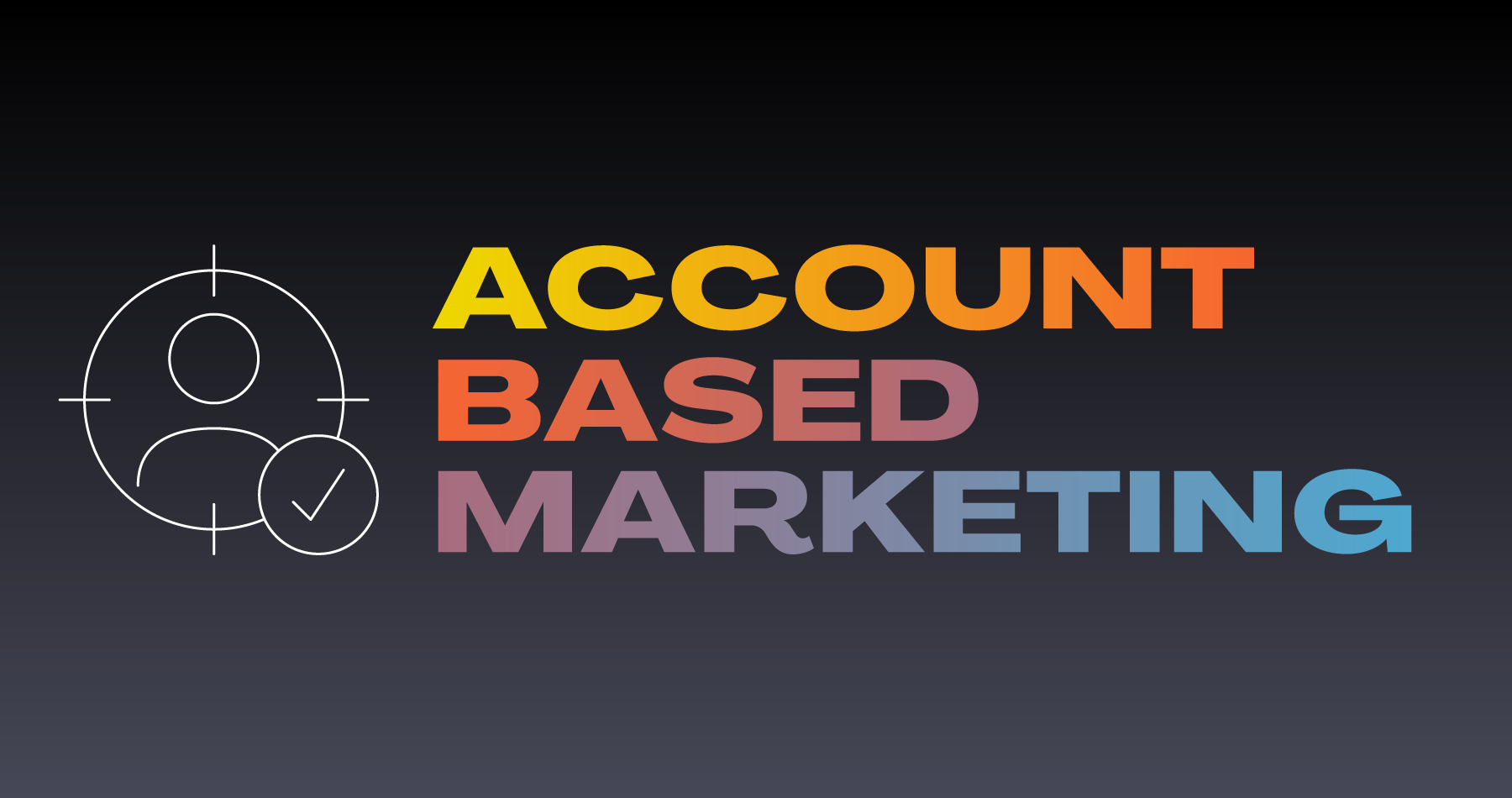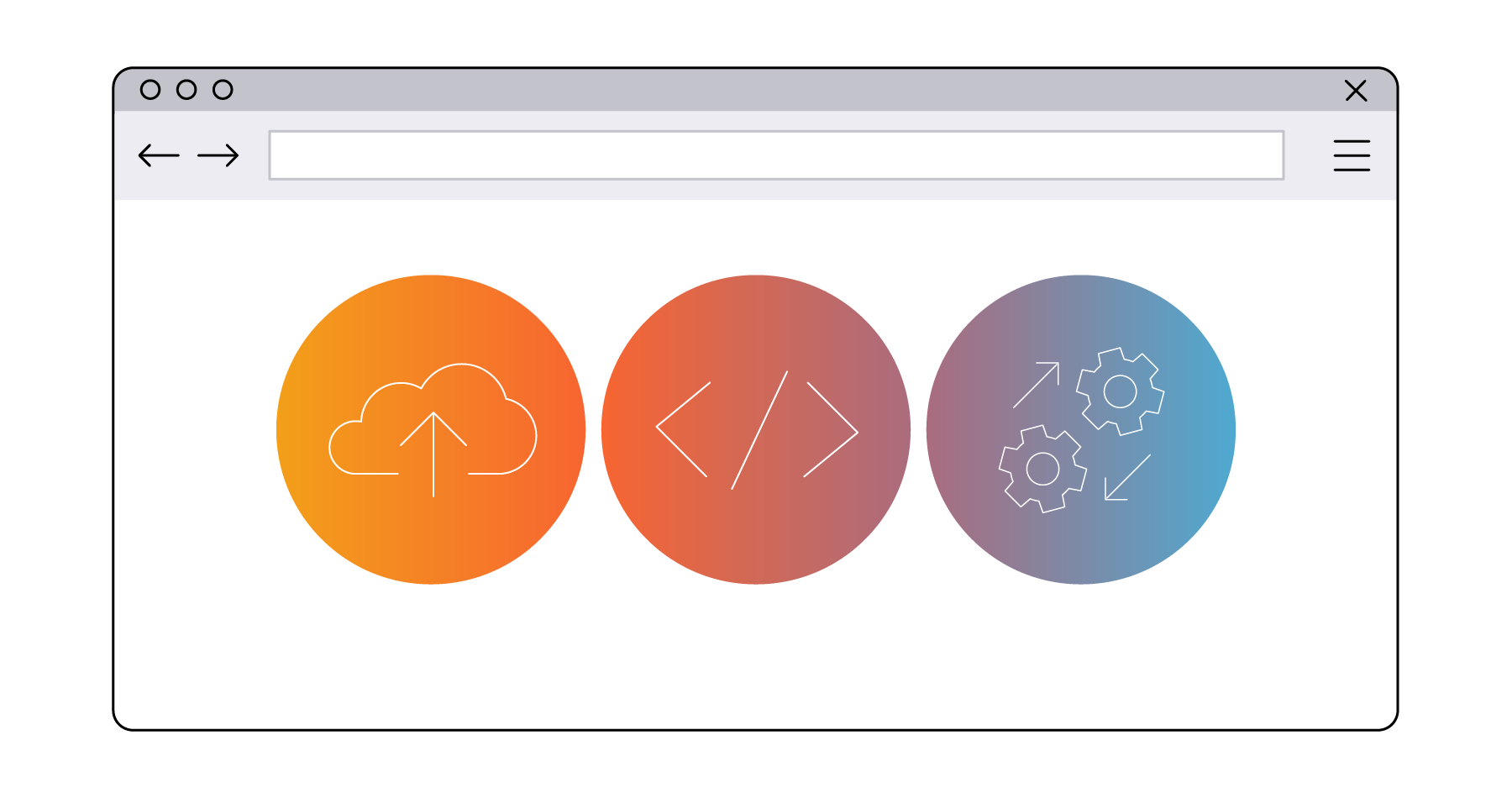The Benefits of Making E-Commerce Video Accessible
Marketing

In Brightcove’s 2022 survey on the use of video in e-commerce, 85% of consumers worldwide find videos to be essential as they shop online. That number is too significant to go unnoticed, and it demonstrates just how powerful online video can be. Video marketing is a powerful tool for e-commerce brands, and creating video that is accessible to all audiences has proven to offer even greater benefits.
Design For One is Design For All
Have you ever heard of the “curb cut effect?”
Curb cuts are the ramps at the ends of sidewalks, originally designed to enable wheelchair users to independently navigate California sidewalks. But as it turned out, curb cuts also benefited others, like parents pushing strollers or grocery cart toters. Thus, the curb cut effect epitomizes the core tenet of inclusive universal design: to make things as usable as possible for everyone, regardless of ability.
Though universal design originally applied strictly to physical spaces, it’s now used just as often in the digital world. For example, closed captions were originally created to make broadcast television accessible to those who are hard of hearing. But the value of including captions with content has continued in the online and streaming video spaces.
With captions, online videos are more accessible to those with learning disorders, neurological disabilities, and learners of English as a second language. Captions also help improve focus, comprehension, brand recall, and behavioral intent—all of which are highly sought after in the e-commerce world.
The “curb cut effect” is an excellent reminder that providing accessible e-commerce video can benefit anyone.
Captions And Transcripts Contribute to Better SEO
The primary way that search engines determine rankings is through indexing their metadata, however, metadata doesn’t typically paint a complete picture of the content. Fortunately, making your video content accessible with captions and transcripts is a convenient way to solve this.
Attaching caption or transcript files to your videos provides a text version of the content that search engine bots can use to index it more accurately. However, for this to work, it’s crucial that your captions are correct. Inaccurate captions not only devalue the viewing experience, they can flag your videos as spam.
E-commerce videos are a powerful marketing tool. And when these assets are accurately captioned, they carry the potential of boosting your brand’s search engine ranking and visibility.
Accessible Videos Improve The User Experience
According to the University of Iowa, people can better recall information they have both seen and heard. Part of the reason why videos are preferred by so many is that they provide excellent auditory and visual stimulation. In this way, making video accessible appeals to viewers’ senses even further.
When closed captions are available, users can simultaneously watch, listen to, and read the content of a video. This enhances the user experience, but it also improves brand recall, behavioral intent, and overall brand awareness. A video marketing presence is crucial for e-commerce, where 76% of users report purchasing a product or service after viewing a video.
Closed Captions Provide Viewing Flexibility
Internet traffic coming from mobile devices has surged in the past decade, with more than 60% of all web traffic coming from mobile in 2023. This is good for e-commerce because it allows viewers to engage with your content in any environment, from public transportation and libraries to gyms and cafes.
Given that mobile users often consume content in public or shared environments, one universally unappreciated feature is video autoplay without sound. As much as 85% of Facebook videos are viewed with the sound off. But silent video can still provide meaning or informative value.
Three out of five consumers online shop from mobile devices, and captions are the best way for brands to combat silent autoplay on consumer timelines. Captions on e-commerce content allows users to continue viewing videos in sound-sensitive environments without disrupting the preferred consumer experience.
Going a step further, audio description (AD) offers an even more accessible and flexible viewing experience. AD provides a “verbal depiction of key visual elements in media and live productions”, particularly for people who are blind or low-vision. But it also gives sighted users a hands-free, multitask-friendly viewing experience by narrating what they aren’t actively watching.
Localized Content Reaches a Global Audience
Online shopping has proven it’s here to stay, and it’s happening around the clock—especially if you cater to a worldwide audience. There’s no question that video empowers organizations to showcase their brand, products, and services to a global audience. But translating this content into multiple languages further extends your reach and range of international consumers.
When a video is already captioned, translation becomes an easy next step. Additionally, captions help those who speak English as a second language (or those who are in the process of learning English) to absorb the information better.
By prioritizing accessibility, localization becomes infinitely more straightforward, ensuring that your e-commerce content can be viewed around the world.
This blog was originally written by Jaclyn Lazzari (Leduc) in 2018 and has been updated for accuracy and comprehensiveness.



